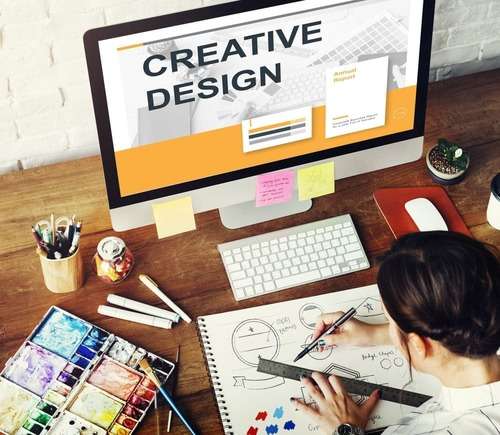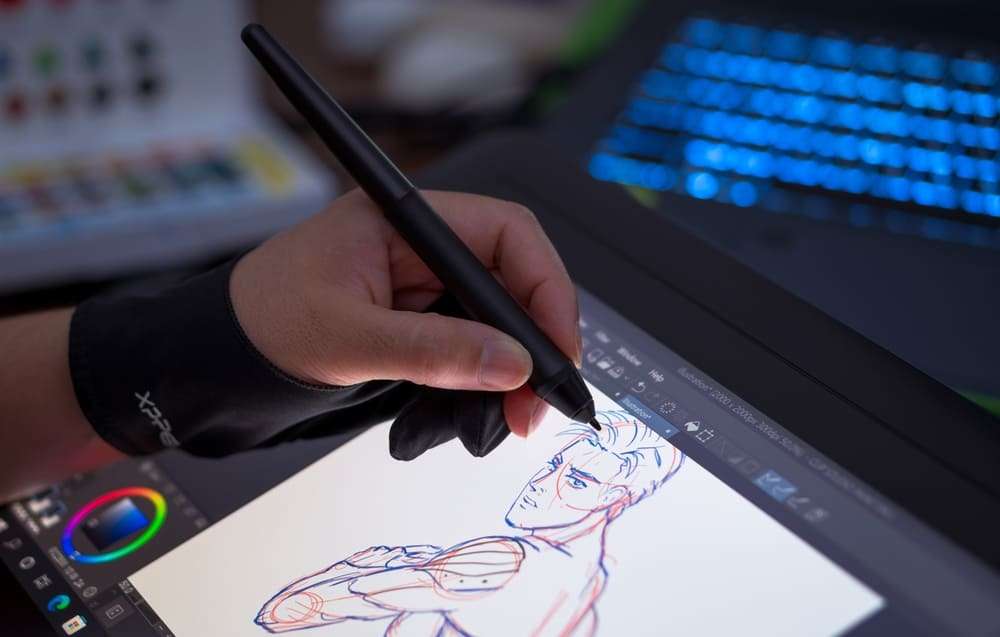The Role of Graphic
Design in Branding and
Graphic design plays an important role in branding and identity. It involves the use of images, text, and other design elements to communicate a brand's personality, values, and unique selling points to its target audience. In today's competitive marketplace, effective branding is crucial to the success of any business, and graphic design is an essential tool for achieving it.
The Importance of Branding and Identity:
Branding is more than just a logo or a name - it is the overall perception that consumers have of a business. A strong brand can help businesses stand out in a crowded market, increase customer loyalty, and command higher prices. However, building a strong brand requires a clear understanding of a company's values, mission, and target audience, and an effective branding strategy that communicates these elements consistently across all touchpoints.
This is where graphic design comes in. Through the use of visual elements like color, typography, and imagery, graphic design can help businesses create a visual language that communicates their brand's personality and values. For example, a luxury brand might use elegant typography and sophisticated imagery to convey exclusivity and sophistication, while a fun and playful brand might use bright colors and whimsical illustrations to communicate a sense of joy and creativity.
The Role of Graphic Design in Branding and Identity:
Effective graphic design is essential to creating a strong brand identity. Here are some of the ways in which graphic design can help:
1. Logo Design : A logo is often the first visual element that consumers associate with a brand, and it plays a critical role in creating brand recognition and recall. A well-designed logo should be simple, memorable, and reflective of a brand's personality and values.
2. Color Selection : Color is an important aspect of brand identity, as different colors can evoke different emotions and associations. For example, blue is often associated with trust and reliability, while red can communicate energy and excitement. Graphic designers can help businesses select colors that align with their brand's personality and values.
3. Typography : Typography can also play a significant role in brand identity. Choosing the right font can help communicate a brand's personality and values. For example, a sophisticated brand might use a serif font, while a modern and innovative brand might use a sans-serif font.
4. Packaging Design : Packaging is an essential touchpoint for many consumer products, and effective packaging design can help products stand out on shelves and communicate a brand's personality and values. Graphic designers can help create packaging that is both aesthetically pleasing and functional.
5. Advertising and Marketing Materials: From brochures to digital ads, effective graphic design is essential to creating advertising and marketing materials that communicate a brand's personality and values to its target audience.
Creating a Brand Identity Sheet:
Creating a brand identity can be a complex process, involving many different elements and touchpoints. To help businesses stay organized and consistent, it can be helpful to create a brand identity sheet. This sheet should include all of the key visual and messaging elements that make up a brand identity, including:
1. Logo : Include variations of the logo in different sizes and colors.
2. Color Palette : Include the primary and secondary color palette, along with any complementary colors.
3. Typography : Include the fonts and sizes used in marketing and advertising materials.
4. Imagery : Include any specific guidelines for the types of imagery that should be used, such as photography or illustrations.
5. Messaging : Include the key messages and values that should be communicated consistently across all touchpoints.
By creating a brand identity sheet, businesses can ensure that all of their marketing and advertising materials are consistent and aligned with their brand's personality and values.
Here is a sample that you can use to grow your brand:
Brand Identity Sheet :
1. Brand Name:
2. Brand Tagline/Motto:
3. Brand Purpose/Philosophy:
4. Target Audience:
5. Brand Personality (choose 3-5 adjectives that describe your brand):
a. ____________________________________________________________________________
b. ____________________________________________________________________________
c. ____________________________________________________________________________
d. ____________________________________________________________________________
e. ____________________________________________________________________________
6. Brand Tone (choose 3-5 adjectives that describe the tone you want to convey):
a. ____________________________________________________________________________
b. ____________________________________________________________________________
c. ____________________________________________________________________________
d. ____________________________________________________________________________
e. ____________________________________________________________________________
7. Color Palette (choose 2-3 primary colors and 2-3 secondary colors):
a. Primary:
b. Primary:
c. Secondary:
d. Secondary:
e. Secondary:
8. Typography (choose 2-3 fonts that represent your brand):
a. _________________________________________________________________
b. _________________________________________________________________
c. _________________________________________________________________
9. Logo Design:
a. Logo Image (if applicable):
b. Logo Text:
c. Tagline/Motto (if applicable):
10. Brand Guidelines (list any other guidelines to ensure consistency in brand identity):
a. ___________________________________________________________________________________
b. ___________________________________________________________________________________
c. ___________________________________________________________________________________
Graphic design plays a critical role in creating a strong brand identity that resonates with consumers. From logo design to packaging, typography, and advertising materials, effective graphic design can help





